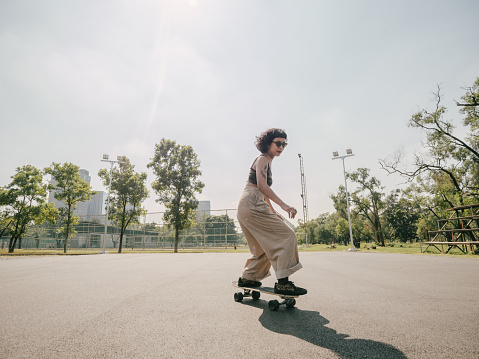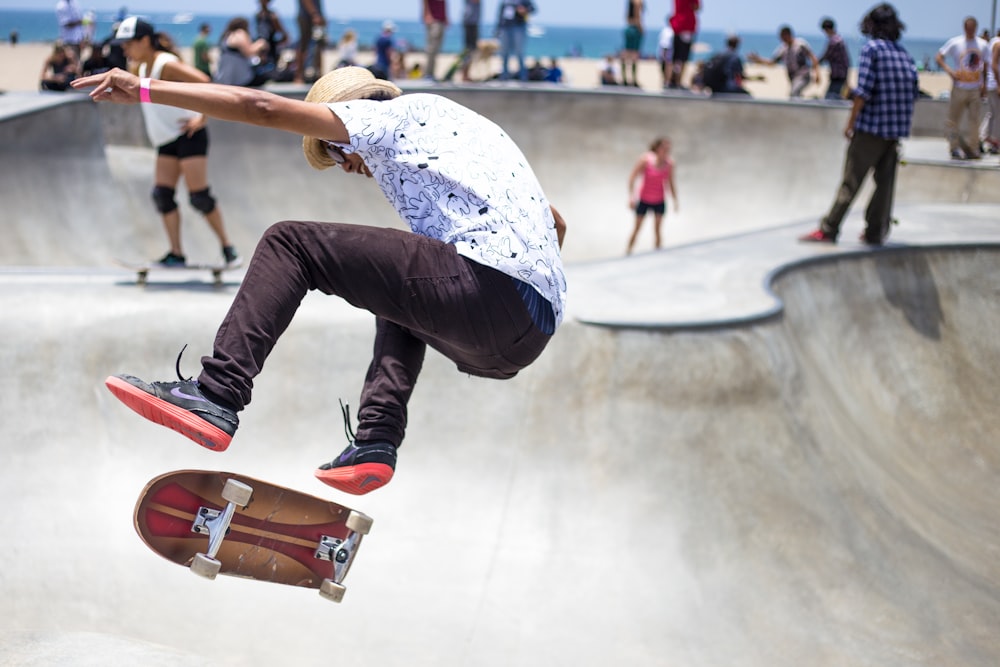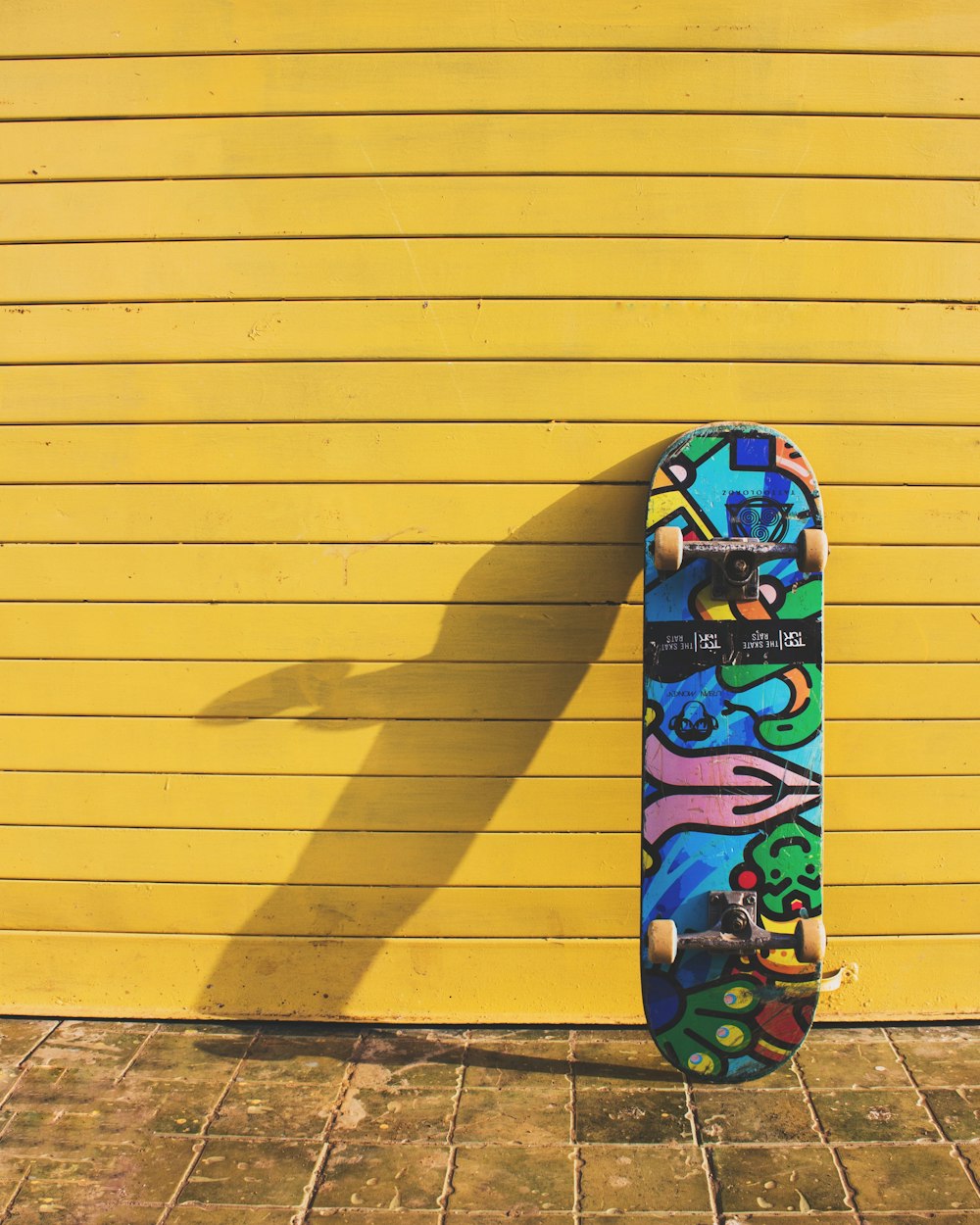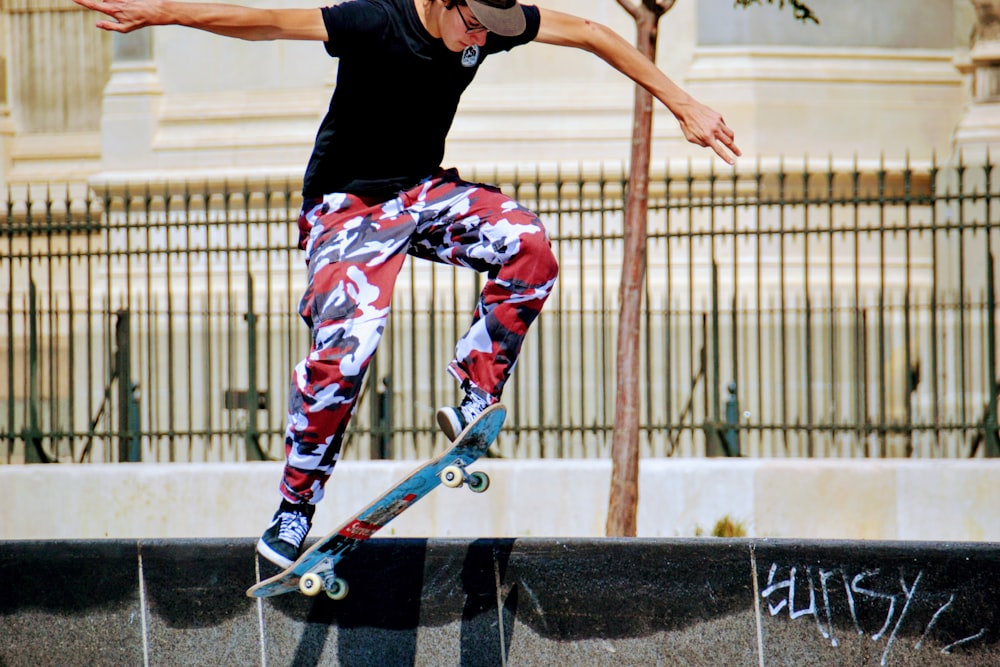7 Tricks to Skateboard Like a Pro
Many skateboarders reach a point where they can no longer improve. You do not really appear to be improving, and learning new skills appears to be difficult. This is frequently due to missing the fundamentals or being very upset and concentrated. To improve in skateboarding, you must gradually increase your skill level while ensuring that you learn the fundamentals. Your motor skills and brain require time to adjust, and taking a break might help you progress. Get criticism from experienced skateboarders and record yourself to examine your performance. It's not always that you've reached your pinnacle; it's more often than you've missed a few steps in the process.
Here are some pointers to assist you to get going with your next trick.
Position Your Feet Properly
If there is still one factor to keep in mind here, it's the bolts of your skateboard! Almost all of the time, your feet should be placed there. Since your feet would be directly on top of both axles, you will have the best body balance. This really is the traditional manner of skateboarding, but then as you push, spin, hit the brakes, halt, and, more significantly, acquire different stunts, you'll have to continually adjust your foot stance.
What Does Your Posture Look Like?
When talking about posture, it is not just the back. There are 3 body parts you need to keep in check: shoulders, back and knees.
- Shoulders: Line your shoulders and the board with each other. It's best if you're perfectly vertical to the skateboard. To elaborate further, your shoulders should remain over the board's axels. To have a good posture to view what's approaching, raise your frontal shoulder a little more.
- Back: Maintain a straight back. You must lock your core muscles, arms and shoulders. In order to achieve an excellent balancing center, your stomach ought to be somewhat flexed.
- Knees: Bring your knees to your chest. You should gently bend your knees a little in addition to keeping your torso upright. This is to reduce your gravitational center which improves your equilibrium.
Take a Pause
If you attempt something over and over but still can't get it to work, it's important to switch it off. You'll grow agitated at a certain time, and will simply make things worse for your own self. At times, your brain and body ought to touch base. Stop for the day and give it a try the very next morning. You'll notice major development here. It's strange, but in certain circumstances, this actually works. Return to what you're strong at and carry on. You can also try to learn a different trick in this break/pause!
Visit Skateparks
Supposed to be teaching oneself fresh stuff is among the most challenging aspects of learning skateboarding. Although some people succeed on their own, it really is preferable to join a group. At skateparks, meeting people and making new buddies helps you to be sociable, have fun, and help one another learn and improve their skills. Meeting new individuals may also be an excellent opportunity to learn from each other as well. Some skateboarders will also have new tricks up their sleeves. Furthermore, having a committed circle of mates can provide additional motivation to practice, progress, and attend the skatepark on a daily basis. It's enjoyable to attempt it on your own in your garage, but you're losing out on such a wide range of options.
Choose the Right Skateboard
It is critical that you get the appropriate skateboards for performing tricks and being a pro. What is the best way to choose a skateboard? They come in a variety of shapes and sizes. You should purchase a skateboard that meets your price range and, if possible, also constitutes sophisticated features. Ensure that your skateboard is comfy and allows you to glide ahead. If you're not sure which skateboard to acquire, watching YouTube videos from reputable sites will assist.
Get Back to the Roots of It
This is a general guideline, and if you miss the fundamentals, you'll find it difficult to advance. Sure, performing simple things like swaying on 4 small wheels may not seem enjoyable, but it is what allows you to advance more quickly. When you dip and dive, you ought to be capable of sensing how your skateboard moves and acts. You're pushing too hard if you can't or don't feel it's time for whatever stunt you're attempting to pull off. Many techniques may be learned by gradually increasing their difficulty. Connect your skateboard to an old deck of manuals. They are challenging at first, but with dedication, you may become a champion of them. Learning how to mix tricks from a handbook is a fantastic approach to do so.
Practice, Practice and Practice!
Finally, practicing skating almost every day is the sole way to improve. This entails repeating the very same tricks, improving your stance, and concentrating on the foundations. Training exercises for skateboarding aren't fun, but they're vital. While it might be inconvenient and time-consuming, there is indeed a significant difference between somebody with a strong basis in expertise somebody who ignores the fundamentals. There's really nothing incorrect with practicing in your backyard or basement if you can't get to a skatepark nearly every day. Though you won't be able to master stunts on a devoted ramp, you will be able to perfect your stance. You may then use your skatepark opportunity to experiment with new tricks.












